Anders Povlsen: Why a Danish billionaire bought the Highlands
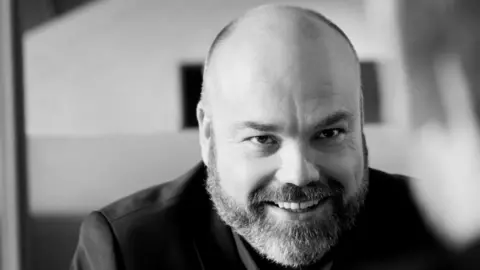 BESTSELLER
BESTSELLERDanish billionaire Anders Holch Povlsen and his wife Anne recently thanked the people of Scotland for their support after three of their four children died in the Sri Lanka attacks in April.
But how did the fashion retail tycoon come to be Scotland's biggest private landowner - and what is he planning to do with his vast Highland estates?
Like hundreds of thousands of other tourists who pour into the Scottish Highlands every year, Mr Povlsen was captivated by its rugged beauty when he visited for an angling holiday with his parents in the 1980s.
Two decades later, Mr Povlsen returned to the country he had fallen in love with - but this time, he was wielding his cheque book rather than a fishing rod.
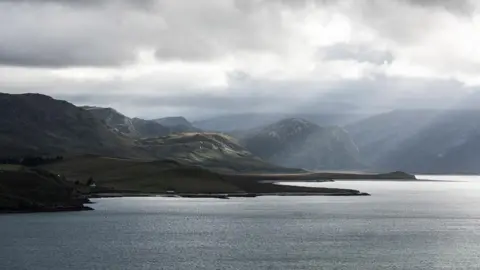 Martin Kaufmann
Martin KaufmannThe Danish businessman, who is reportedly worth £4.5bn thanks to his Bestseller clothes retail empire, bought the 42,000-acre Glenfeshie estate in the Cairngorms for £8m in 2006.
The estate's Glenfeshie Lodge, which was built in about 1880, continues to serve as Mr Povlsen's private Highland home, and has featured in films and TV series including The Crown and The Queen.
Since then, the 46-year-old billionaire, who is the biggest single shareholder in the Asos online retailer, and his wife have continued to snap up huge swathes of the Scottish countryside. They now own about 220,000 acres across 12 estates.
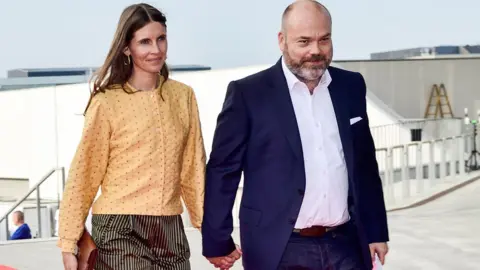 AFP
AFPThis makes them Scotland's biggest private landowners - as well as, according to some estimates, the biggest in the UK.
But it was the tragic events of April that thrust the publicity-shy couple into the public eye. Three of their four children - Alfred, five, Agnes, 12, and Alma, 15 - were killed in the bombing attacks in Sri Lanka which claimed more than 250 lives.
In adverts printed in two Scottish newspapers on 16 May, Mr and Mrs Povlsen extended their "heartfelt gratitude for the condolences, sympathy and many warming thoughts we have received following the tragic loss of our three beloved and beautiful children".
They also described the "abiding, special memories" that the Scottish Highlands had given to their family over the years.
The Povlsens describe themselves as custodians of their land, which stretches across Sutherland and the Grampian mountains, and are said to be regular visitors to their estates.
They have unveiled a manifesto of sorts on their website which describes their "deep connection with this magnificent landscape" and their pledge to "restore our parts of the Highlands to their former magnificent natural state and repair the harm that man has inflicted on them".
They have also previously written of their hope that the project would "bear fruit not just for our own children but also for the generations of visitors who, like us, hold a deep affection for the Scottish Highlands".
Mr and Mrs Povlsen believe that the Highlands have been left badly damaged from centuries of overgrazing by sheep and red deer on the estates of more traditional landowners.

Who owns Scotland's land?
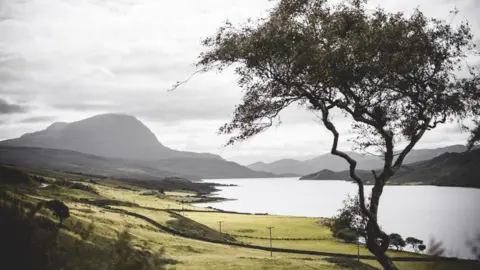 WILDLAND
WILDLANDThe Duke of Buccleuch is the most prominent of Scotland's traditional big landowners, owning about 200,000 acres, mostly in the south of Scotland.
But recent years have seen the emergence of a new breed of laird, such as Mr Povlsen.
The billionaire ruler of Dubai, Sheikh Mohammed bin Rashid al-Maktoum, has also been busy snapping up about 63,000 acres of Scottish land.
The Scottish government has also attempted to modernise the rules, encouraging more community ownership.
However, the country's biggest landowner remains the government agencies and public bodies that manage huge areas of land on behalf of the nation.

They have embarked on an ambitious programme which aims to restore native woodland, peatlands, wetlands and rivers and species on their estates - although this "wildland" pledge has been met with scepticism from some, who fear the couple's ultimate goal is to reintroduce predators such as wolves and lynx to their ancient Highland habitats.
People close to the Povlsens play down this possibility - and insist the couple's actions can be partly explained through the cultural ethos known as Jante Law, which underpins life in Denmark and other parts of Scandinavia.
In essence, it means that people are expected to live life in a thoughtful and modest way, and "not to think you are anything special".
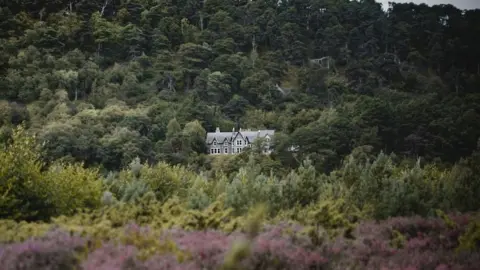 Wildland
WildlandThere is no denying the Povlsens live a fairly understated life in comparison to most other billionaires. They sent their children to state schools, and Mr Povlsen only recently replaced his VW Golf with a Tesla electric car.
On the other hand, buying land in Scotland which is valued at more than £100m is far from understated.
Tim Kirkwood, chief executive of Wildland - the Aviemore-based company which manages the Povlsen estates - says the couple are "genuinely modest and humble people" who "prefer to be judged by what they do and not what they say".
These actions include planting one-and-a-half million trees on the Killiehuntly Estate in the Cairngorms National Park, as well as reducing the numbers of sheep and deer on many of the estates.
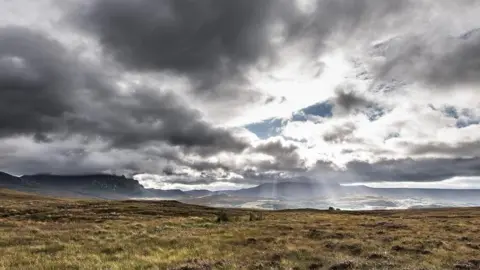 WILDLAND
WILDLAND Mr Kirkwood says the Povlsens will invest about £50m over the next three years alone on re-wilding projects across their estates, with the promise of further investment over what is considered to be a 200-year project by the family.
He added: "I cannot stress enough this is not land ownership for the sake of land ownership. These plans are considered and for the long-term benefit of the landscape and its ecology.
"By having continuous lands I think it does help manage the landscape better, it is much easier to achieve things, certainly in a consistent manner than you would struggle to achieve with more fragmented ownership."
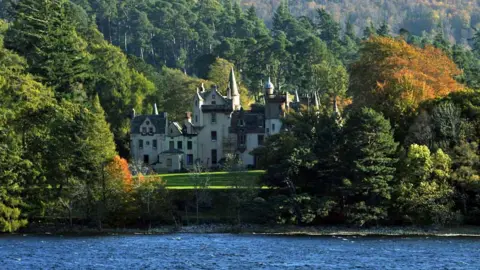 Getty Images
Getty ImagesMr Kirkwood also described the potential reintroduction of species such as wolves and lynx as being at the "more radical end" of the re-wilding scale - with decisions on whether it should happen for future generations to take, and "not now".
He added: "We are more at the people and place end of the scale just now. It is more important to forge ahead with these large-scale conservation projects."
The Povlsens' extensive Scottish land and property empire is good news for the Danish public purse, as Danes pay tax on all the land they own - regardless of where it is.

This article was inspired by questions sent in by readers of the BBC website.
Do you have any other questions around land ownership - or any other topic - in Scotland that you'd like us to investigate?
Use the tool below and we could be in touch.
If you are reading this page on the BBC News app, you will need to visit the mobile version of the BBC website to submit your question on this topic.
